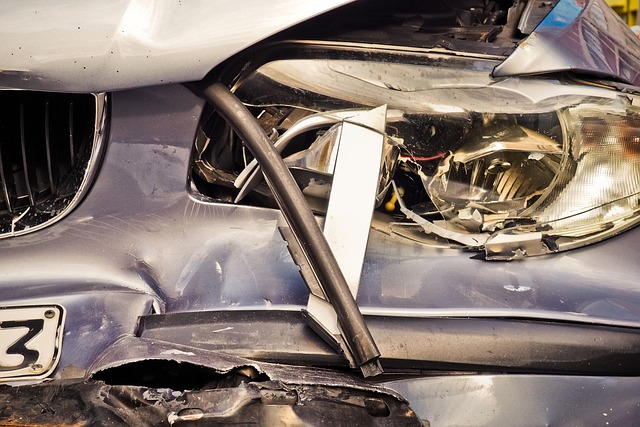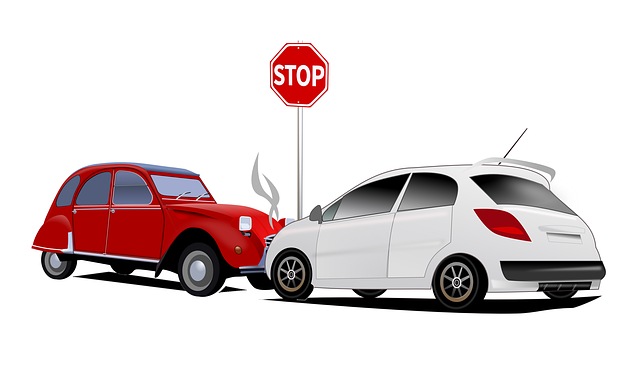Before buying a car insurance policy, assess your needs by considering vehicle type, driving history, location, and budget. Evaluate coverage levels, compare quotes from insurers, and understand different types of policies (third-party liability, comprehensive, collision). Decipher policy documents, evaluate risk profile, and select a balance between coverage and cost. Compare options, consider factors like deductibles, exclusions, customer service, and claims processing. Adjust your policy regularly based on personal changes to ensure optimal protection.
Choosing the best car insurance policy can be overwhelming. Understanding your unique needs, navigating various types of coverage, and deciphering complex language are essential steps in the process. This comprehensive guide breaks down each aspect, from assessing your risk factors to interpreting policies and making informed decisions. By the end, you’ll be equipped with the knowledge to select a tailored policy that offers the best value for your protection on the road. Learn how to choose the best car insurance policy today.
Understanding Your Insurance Needs: What to Consider Before Buying

Before buying any car insurance policy, it’s crucial to take time and assess your unique needs. Several factors influence this decision, and understanding them is the first step in choosing the best coverage for your vehicle. Consider the type of vehicle you own—some cars may require specific types of insurance depending on their make, model, and age. Additionally, evaluate your driving history; a clean record often translates to lower premiums.
Your location also plays a significant role; regional differences in regulations and the likelihood of accidents can impact costs. Moreover, think about how much coverage you need. Basic liability covers you against third-party claims but may not suffice if you’re involved in severe accidents. Comprehensive or collision insurance, while pricier, protects your vehicle from damages beyond your control. Finally, consider your budget; comparing quotes from various insurers will help you find the most suitable policy without breaking the bank.
Types of Car Insurance Policies Available: A Comprehensive Overview

When it comes to choosing the best car insurance policy, understanding the various types available is essential. The market offers a range of options tailored to different needs and budgets. Firstly, there’s third-party liability insurance, which covers legal expenses and damages in case you cause an accident. This is often the most basic form of coverage required by law.
Moving forward, comprehensive car insurance provides wider protection against unforeseen events such as theft, natural disasters, or damage caused by vandals. It goes beyond the legal requirements and can be a wise investment for peace of mind. Additionally, collision insurance specifically covers repairs or replacement costs resulting from accidents, though deductibles apply. Each policy has its pros and cons, so evaluating your risk profile and preferred level of protection is key to making an informed decision when selecting the best car insurance policy for your needs.
Reading and Interpreting Policy Documents: Decoding the Jargon

When navigating how to choose the best car insurance policy, understanding your policy document is paramount. All too often, these documents are filled with industry jargon and complex language that can make them seem like a foreign language. However, decoding these terms is essential for making informed decisions about your coverage.
Take the time to carefully read through every section of your policy, paying close attention to exclusions, deductibles, and coverage limits. Key phrases like “comprehensive,” “collision,” and “liability” describe different types of coverage. Understanding what’s included and what’s not will help you assess if a particular policy aligns with your needs and budget. Remember, clarity in these matters is crucial when it comes to protecting yourself financially in the event of an accident or other automotive incidents.
Assessing Coverage Options: Customizing Your Plan

When it comes to car insurance, understanding your coverage options is key to making an informed decision and securing the best policy for your needs. The first step in this process involves evaluating various aspects of each plan, such as liability, collision, comprehensive, medical payments, and unpaid protection benefits (UPB). Each option caters to different scenarios and priorities, allowing you to customize your insurance to fit your unique situation.
To choose the best car insurance policy, consider your vehicle’s age, your driving history, and the level of financial protection you desire. If you own an older vehicle or have a clean driving record with no claims, you might opt for a basic liability plan that covers minimum legal requirements. However, if you drive a newer car or have prior accidents or violations, a more comprehensive policy with higher limits may be necessary to safeguard against potential financial burdens.
Comparing Quotes from Different Providers: Finding the Best Value

When shopping for a car insurance policy, comparing quotes from different providers is a crucial step in finding the best value. Start by gathering insurance quotes from multiple companies using online tools or contacting agents directly. Ensure that you’re comparing policies with similar coverage limits and deductibles to make a fair comparison. This will help you identify which provider offers comprehensive coverage at a competitive price.
Remember that the cheapest option may not always be the best. Consider factors like customer service, claims processing efficiency, and the financial stability of the insurance company. Reading reviews and checking ratings from independent sources can provide valuable insights. Additionally, asking for recommendations from friends and family who have positive experiences with their insurers can guide you in making an informed decision on how to choose the best car insurance policy.
Understanding Deductibles and Their Impact on Claims

When navigating how to choose the best car insurance policy, understanding deductibles is a crucial step. Deductibles represent the amount you agree to pay out-of-pocket for repairs or claims before your insurance coverage kicks in. A higher deductible typically corresponds to lower premium costs, as insurers view it as a way to incentivize responsible driving and reduce potential fraud. However, choosing a high deductible means you’ll need to cover the initial cost of repairs up front.
It’s important to balance risk tolerance with financial capability when setting your deductible. Evaluating your vehicle’s repair history, driving habits, and budget can help inform this decision. For example, if you’re a safe driver with a well-maintained vehicle, a higher deductible might be suitable. Conversely, if you frequently encounter high-risk situations or have limited savings, opting for a lower deductible could provide greater financial protection during claims.
Common Exclusions and Limitations: What's Not Covered

When considering how to choose the best car insurance policy, understanding common exclusions and limitations is essential. These are specific circumstances or events that your auto insurance won’t cover. For instance, many policies exclude damage caused by reckless driving, such as speeding or racing. Additionally, certain perils like natural disasters (e.g., floods, earthquakes) or vandalism might not be included in standard coverage, requiring additional endorsements for protection.
Other common exclusions include mechanical failures that aren’t a result of regular maintenance and personal injuries sustained while driving under the influence of drugs or alcohol. It’s crucial to review these limitations carefully during your search for the most suitable car insurance policy. Understanding what’s excluded can help you make informed decisions, ensuring your policy aligns with your needs and offers comprehensive protection on the road.
Claims Process and Procedures: How to Make a Claim Efficiently

When it comes to making a claim, understanding the process is key to ensuring a smooth and efficient experience. The first step is to review your policy documentation thoroughly, as different policies may have specific requirements for making a claim. This includes knowing what types of incidents are covered, deductibles, and any additional steps or documents needed.
Once you’re prepared, contact your insurance provider promptly after the incident. Provide them with all necessary details, including the date, time, and location of the event, as well as any evidence you have, such as photographs or police reports. Your insurer will guide you through the rest of the process, which may involve filing a claim form, providing witness statements, and organizing repairs or replacements covered under your policy.
Staying Informed and Updating Your Policy As Needed

Staying informed is a key aspect of navigating the world of car insurance. As your life and driving habits change, so should your insurance policy. Regularly review your coverage to ensure it aligns with your current needs. Consider factors like your age, driving record, and vehicle updates when updating your policy.
If you’ve received a new job that involves more frequent business travel or purchased a classic car that requires specialized care, you may need to adjust your insurance accordingly. How to choose the best car insurance policy involves keeping an eye on these changes and making timely adjustments to avoid overpaying for unnecessary coverage or being underinsured when it matters most.
